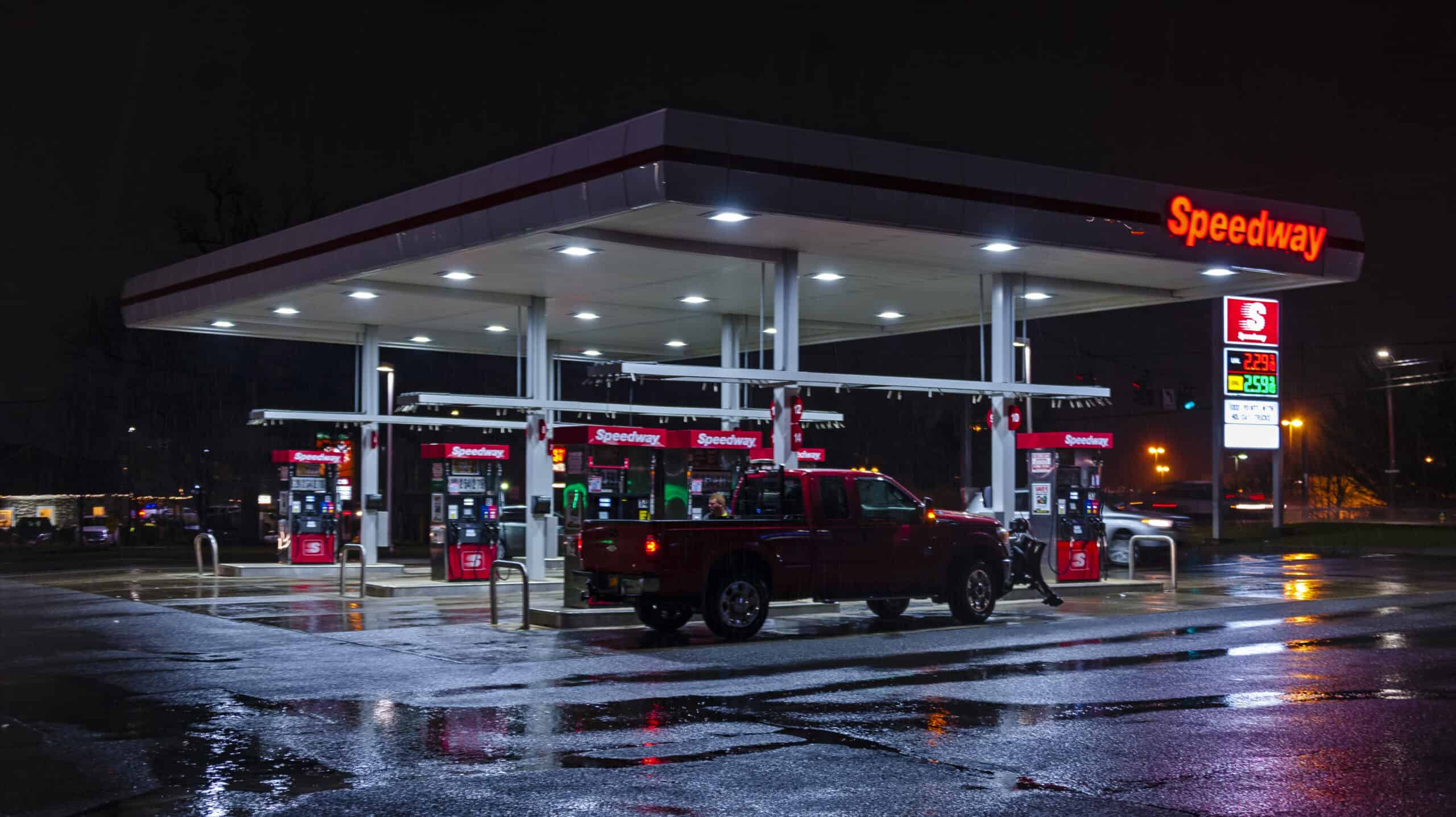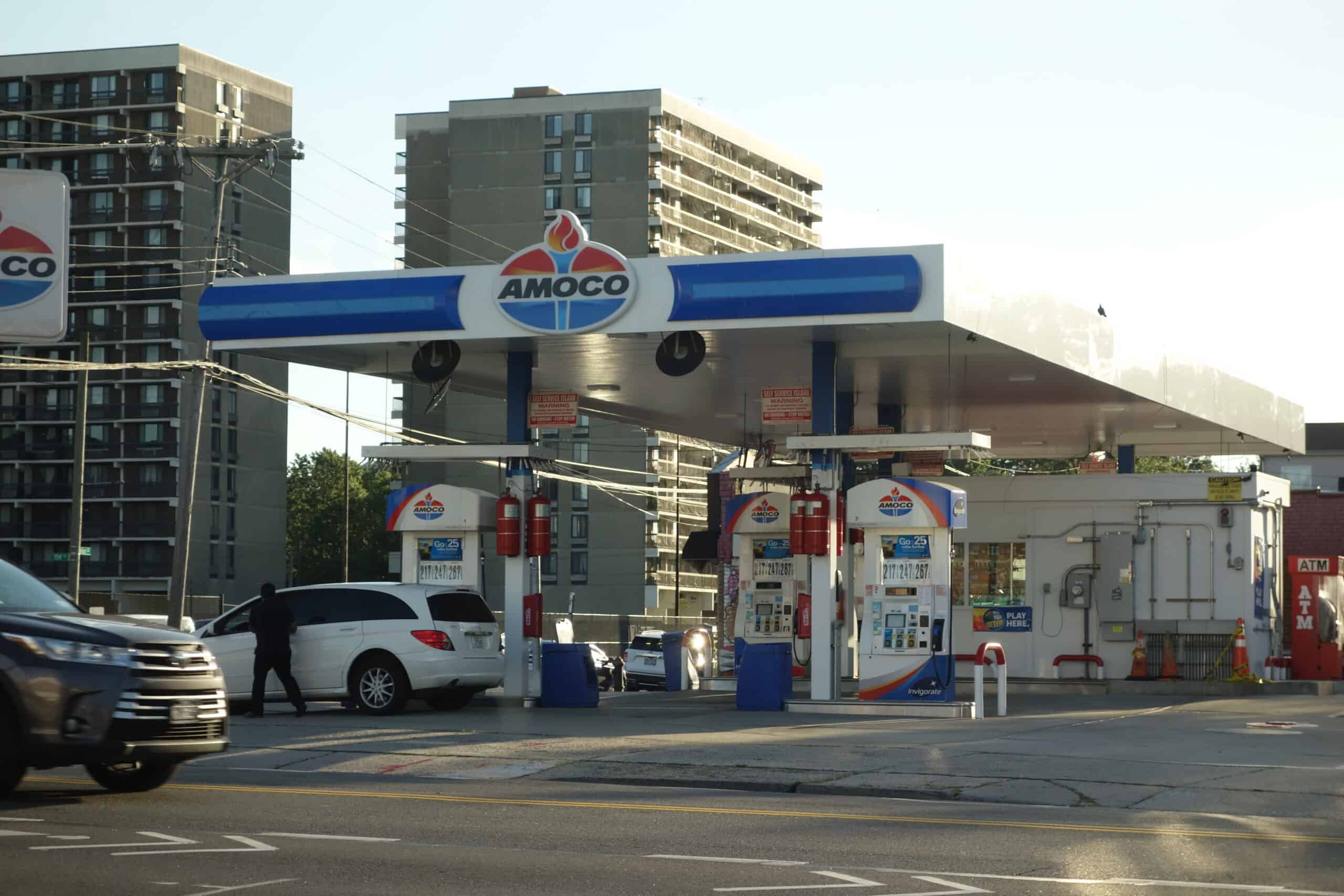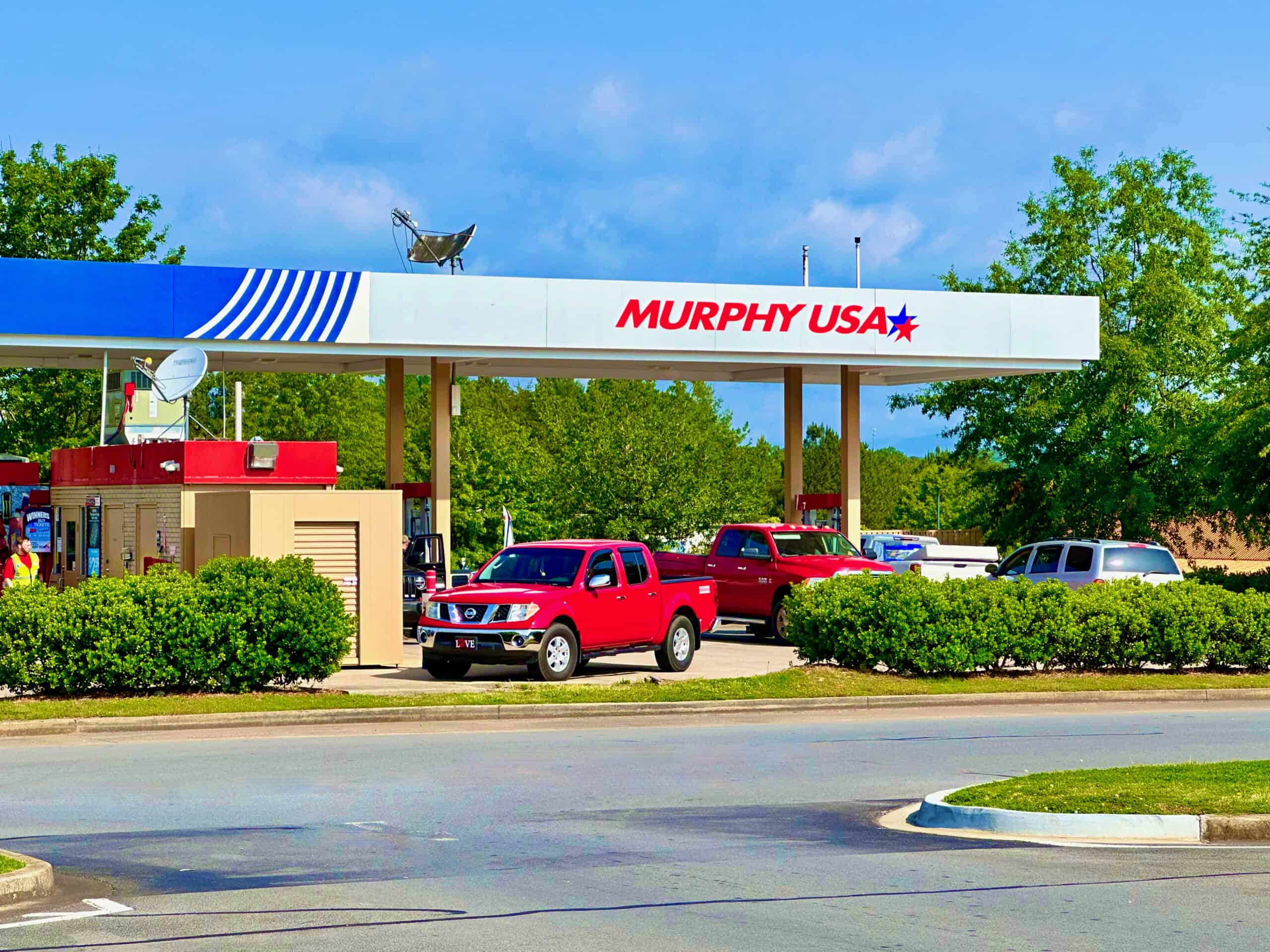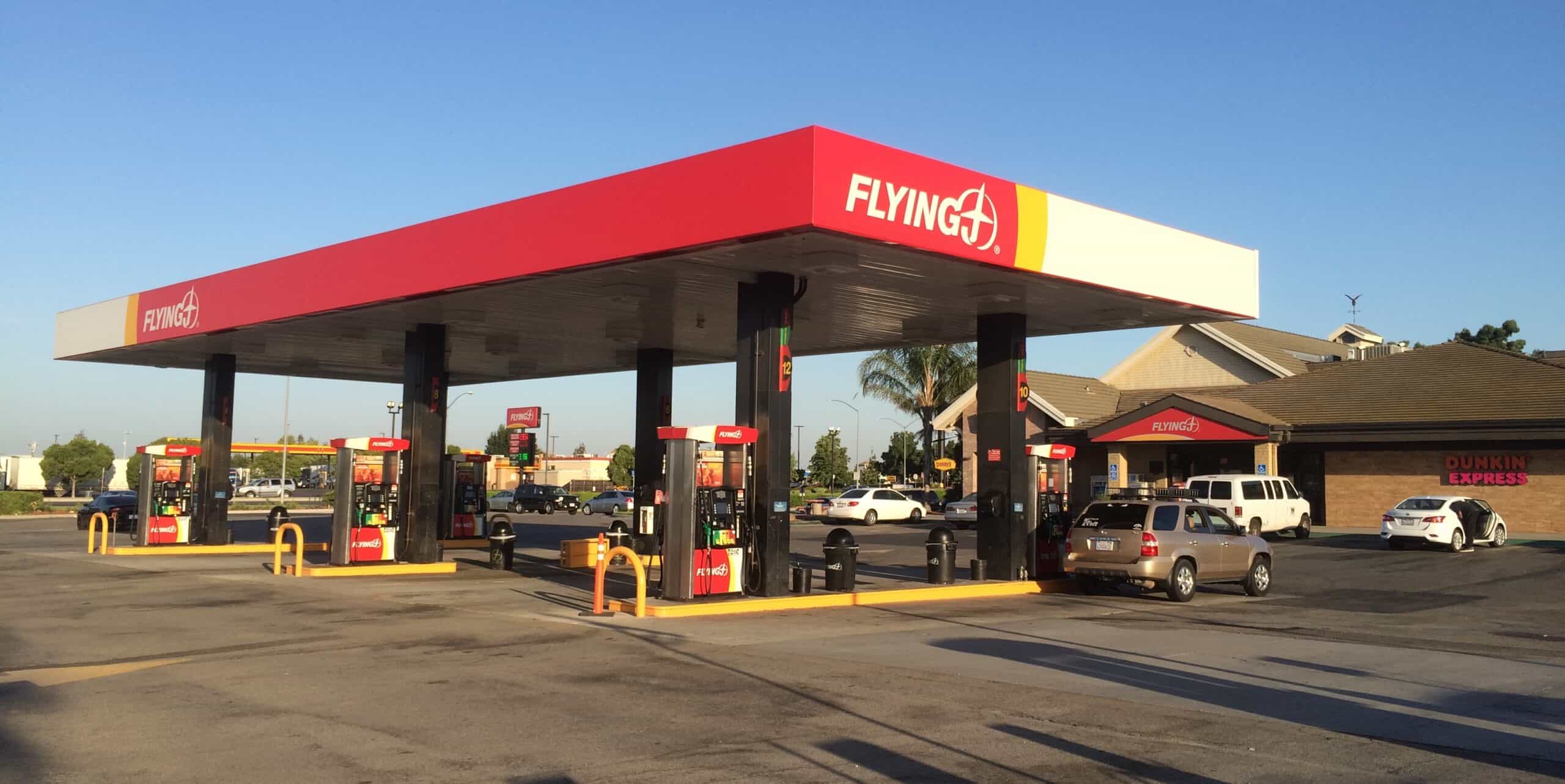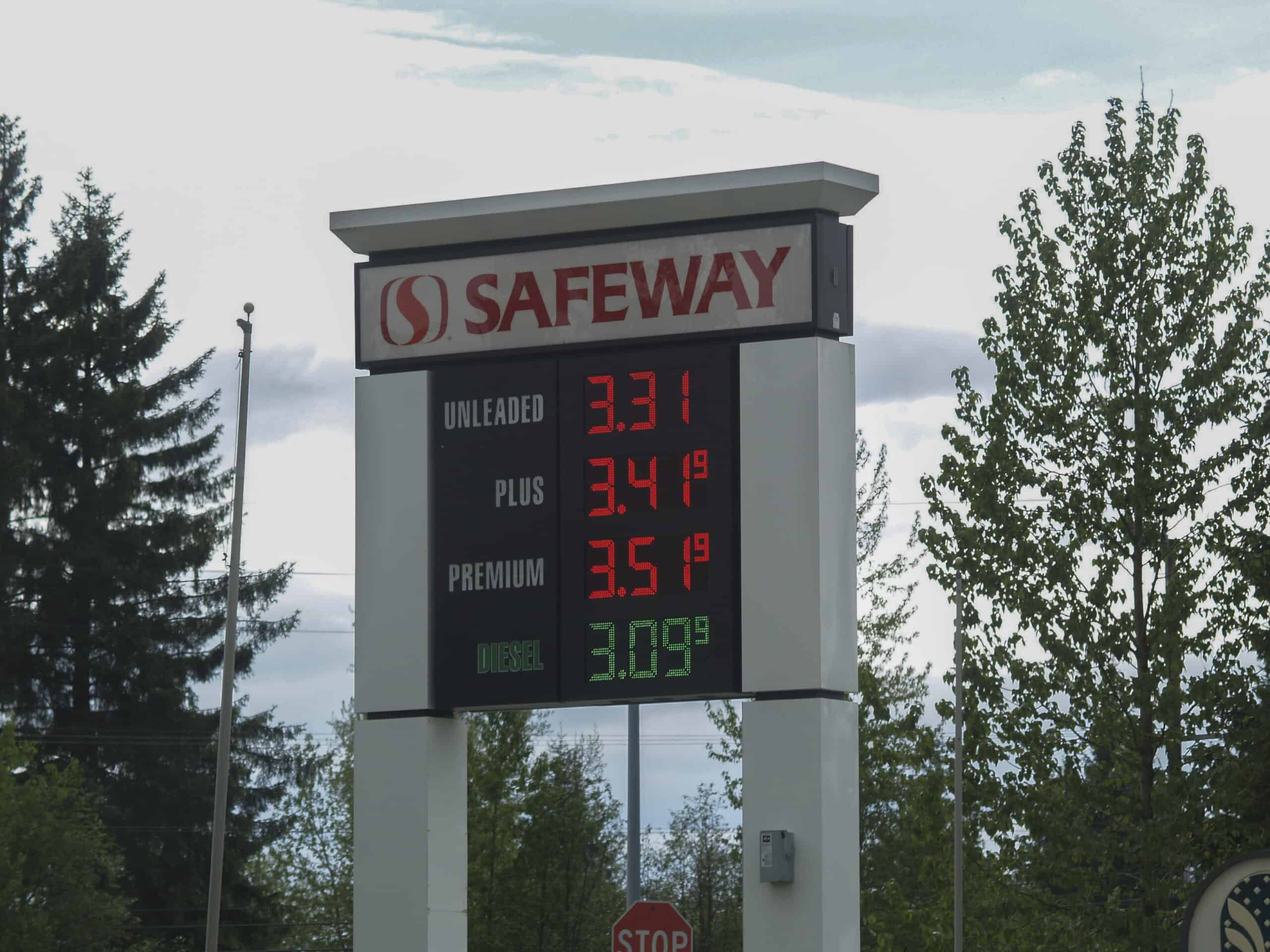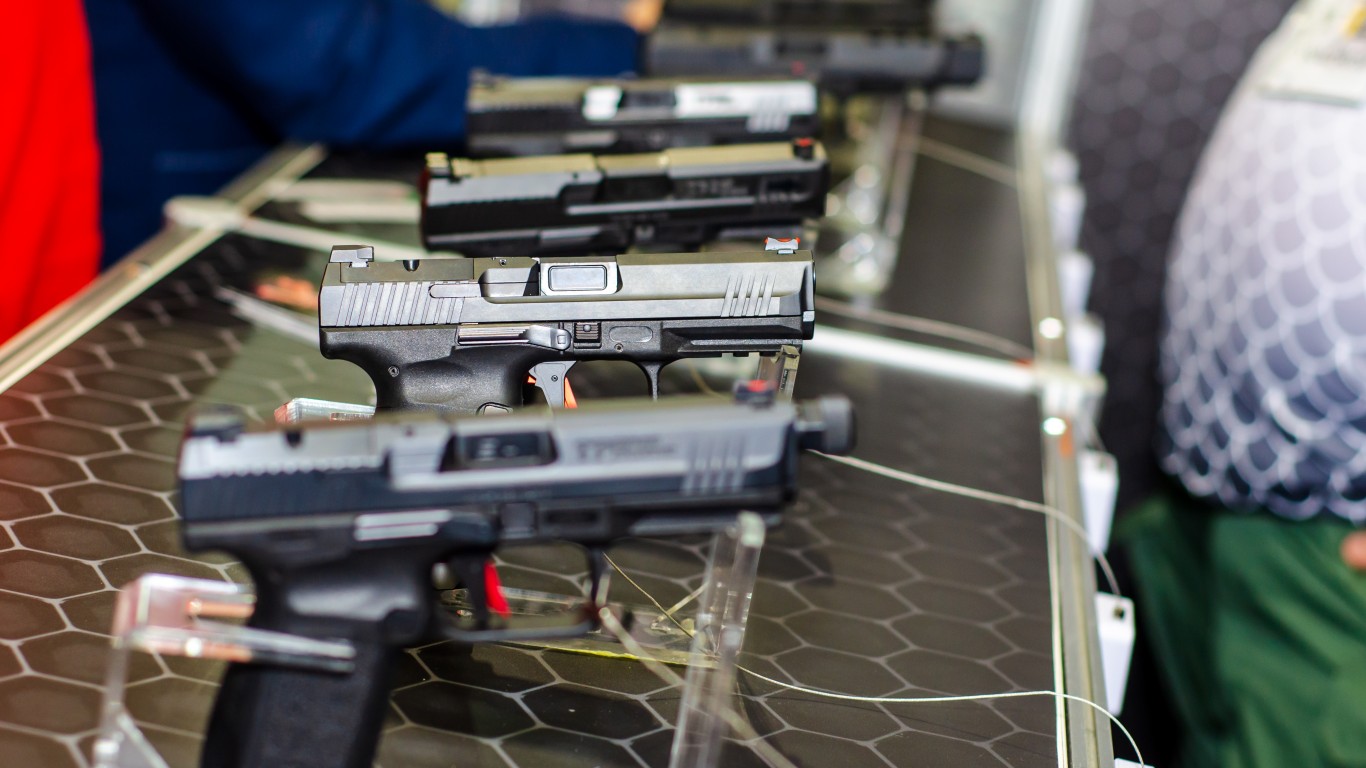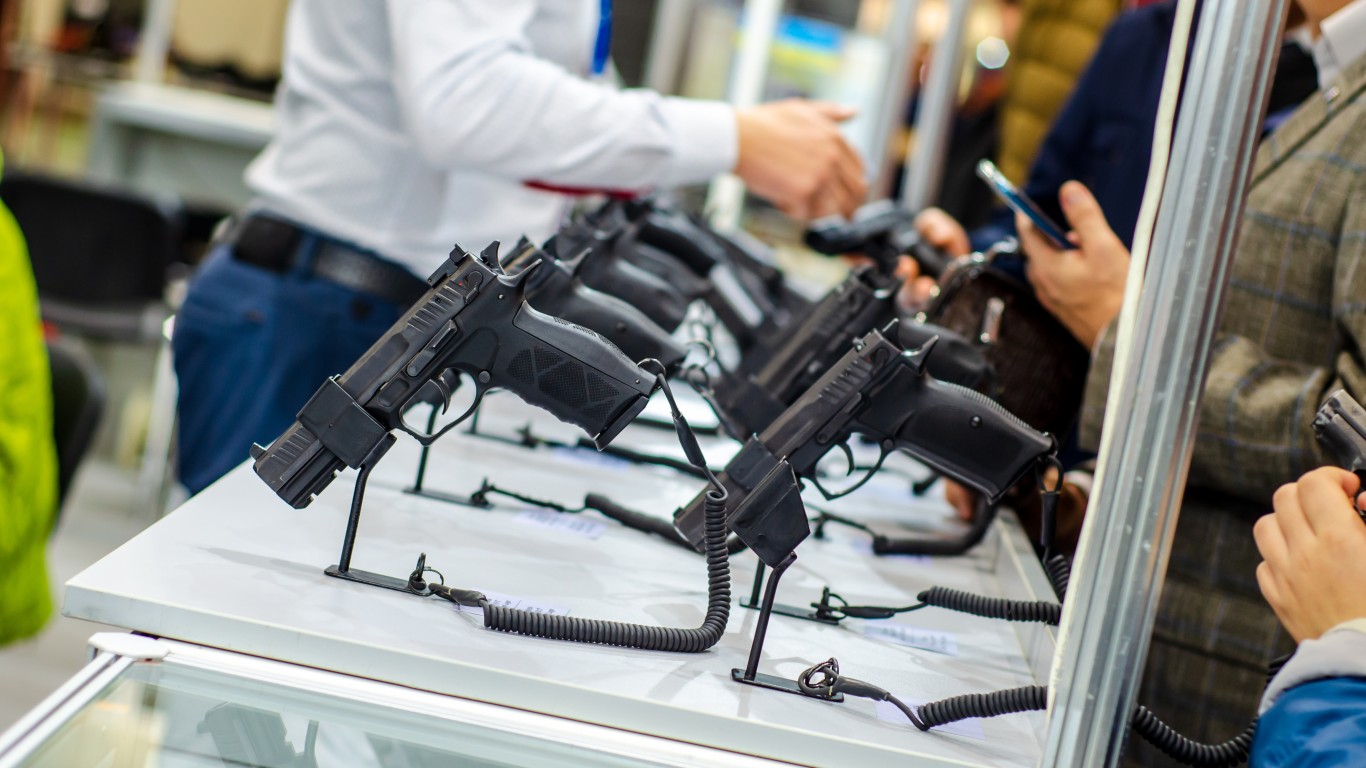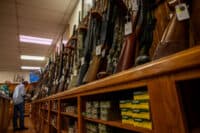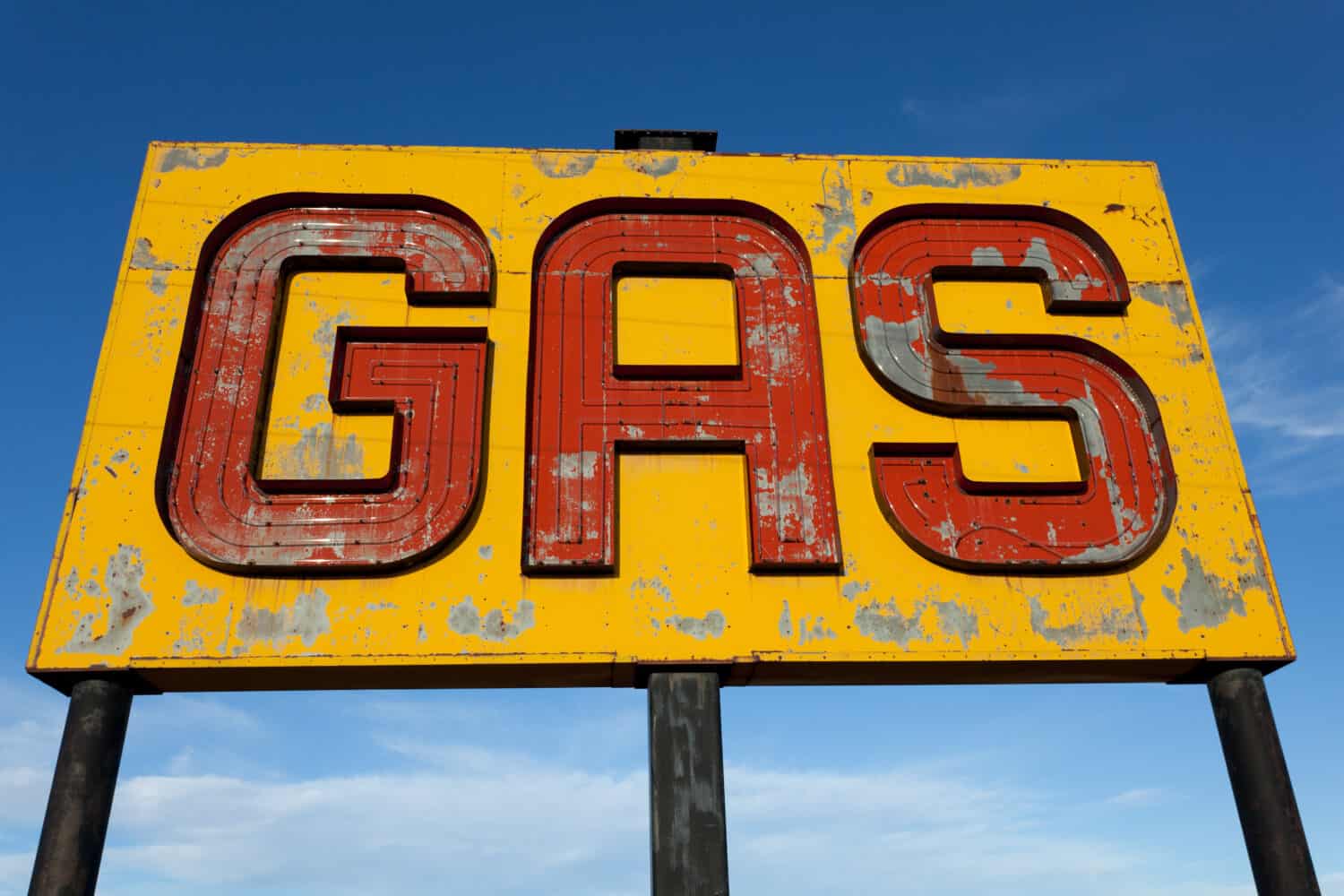
The auto industry bounced back mightily last year. Americans purchased 15.5 million new vehicles in 2023, a 12.4% increase over the previous year. One million of those vehicles were electric, representing a significant EV sales milestone. However, that number still reflects a much slower adoption of EVs among American consumers than analysts had projected. (Here’s a look at the worst-selling EVs in 2023.) Only around one percent of the 250 million vehicles in the U.S. today are EVs. Electric is almost certainly the future of vehicle transportation, but that future appears to be more distant than originally anticipated. In the meantime, the vast majority of American drivers will continue to frequent gas stations to keep their vehicles rolling. However, not all gasoline brands are created equal. We found some of the worst gasoline brands in America.
What Makes Gasoline Good or Bad?
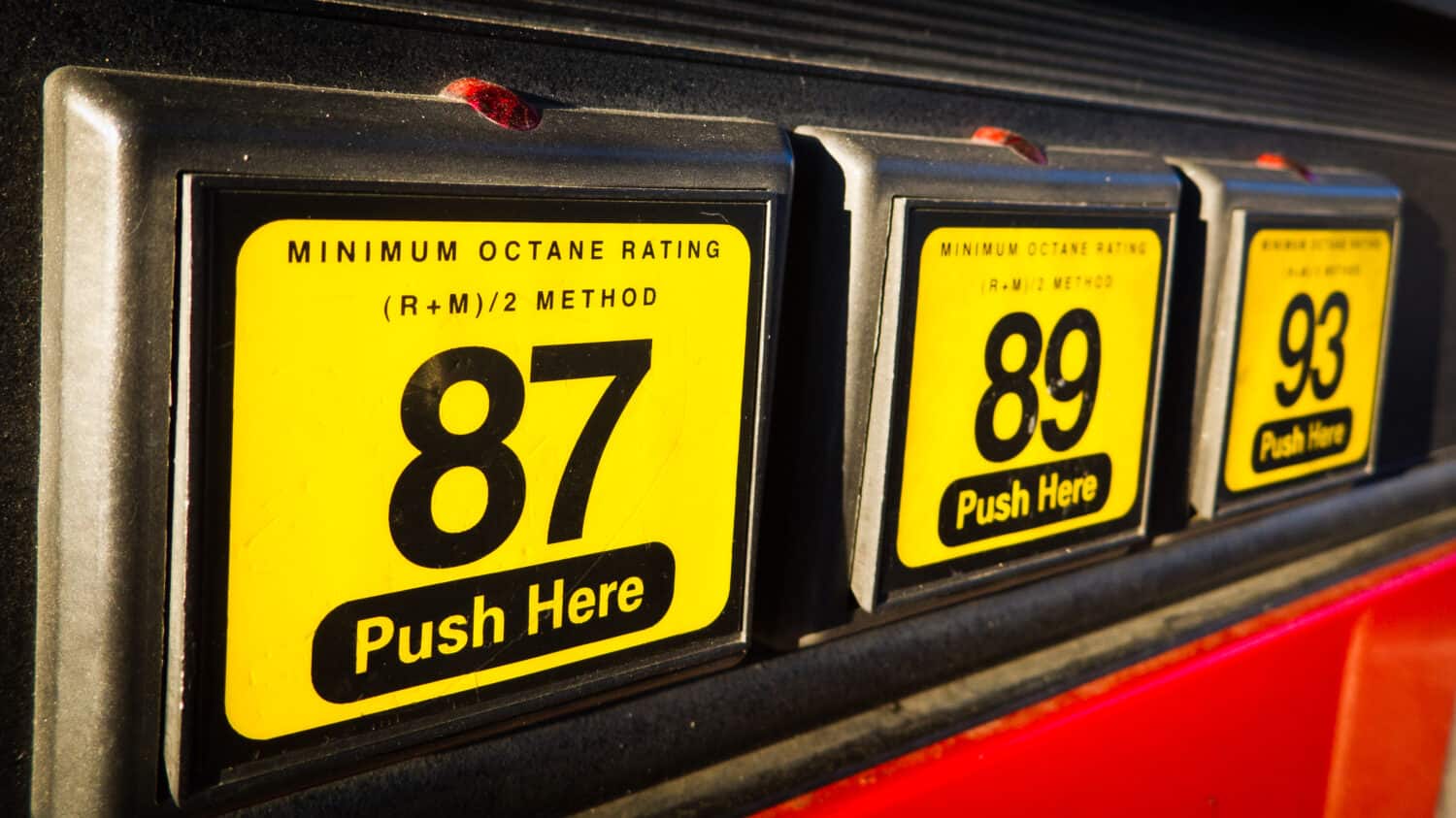
We’re all familiar with the different octane ratings for gasoline. When you pull up to the gas pump, you must choose between these different octane levels. Typically, the choice is between 87, 89, and 93, although there are different octane levels available at some gas stations. The higher octane fuel is often referred to as “premium,” which can lead to a misunderstanding about the fuel itself. Some consumers spend the extra money to purchase high octane gasoline, believing it is better quality fuel. That is not the case, though. A higher octane level does not mean it is a higher quality gasoline.
A fuel’s octane rating is a measurement of how the fuel can withstand compression in an internal combustion engine without detonating. Engines with high compression ratios or turbochargers often require higher octane gasoline for peak performance. Most cars run just fine on 87-octane gasoline, though. The whole “regular vs. premium” verbiage is a misnomer. A lot of customers pay extra for “premium” gas, not realizing that they are still filling their cars with inferior fuel.
Gasoline Quality Really Does Matter
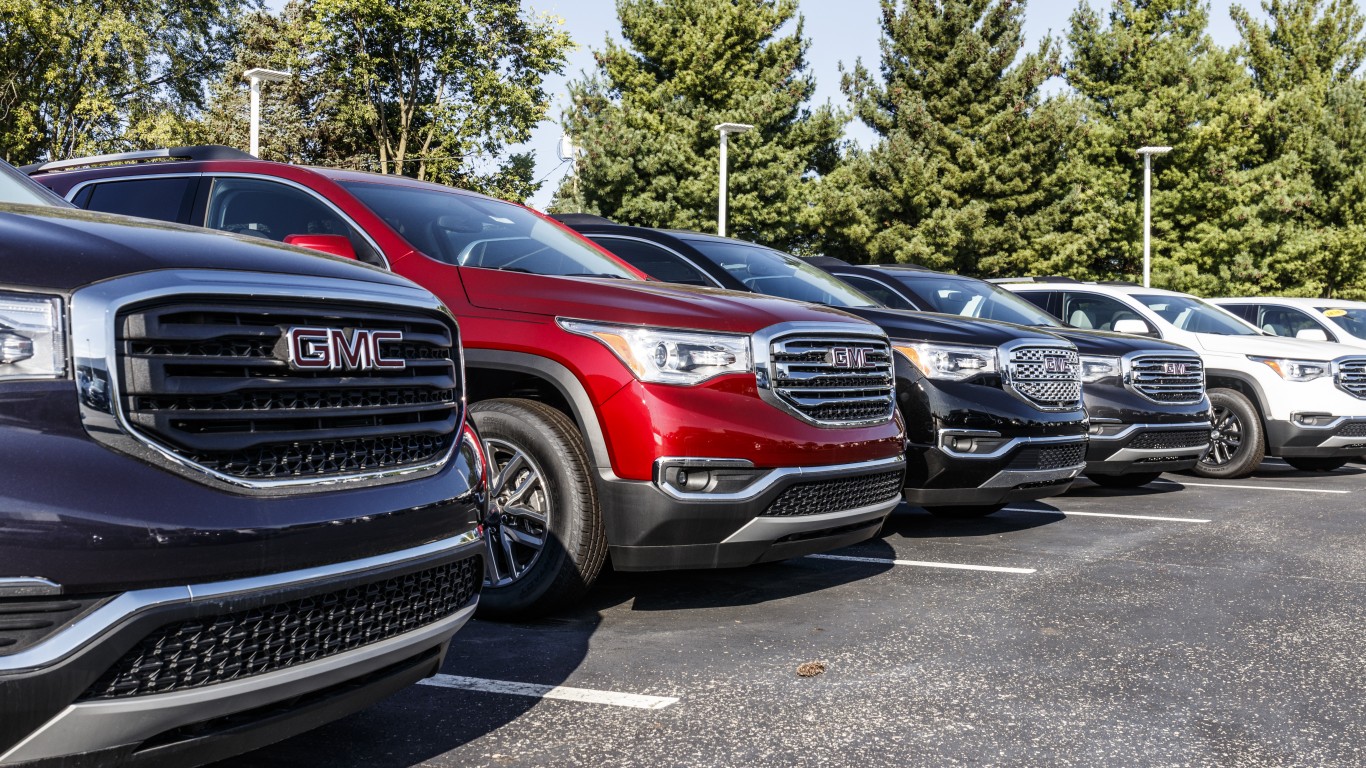
The average cost of a new car in the U.S. is well above $48,000. (That sky-high price tag is a major reason why more consumers are holding on to their cars longer, which is further slowing the EV revolution.) With a price point nearing $50k, it only makes sense that you would do everything possible to care for your car so it runs as long as possible. That includes filling the tank with high-quality gasoline.
24/7 Wall St. uncovered some of the worst gasoline brands in the nation. This list of inferior gasoline brands was compiled by researching which brands do and do not comply with TOP TIER gasoline standards.
TOP TIER Gasoline
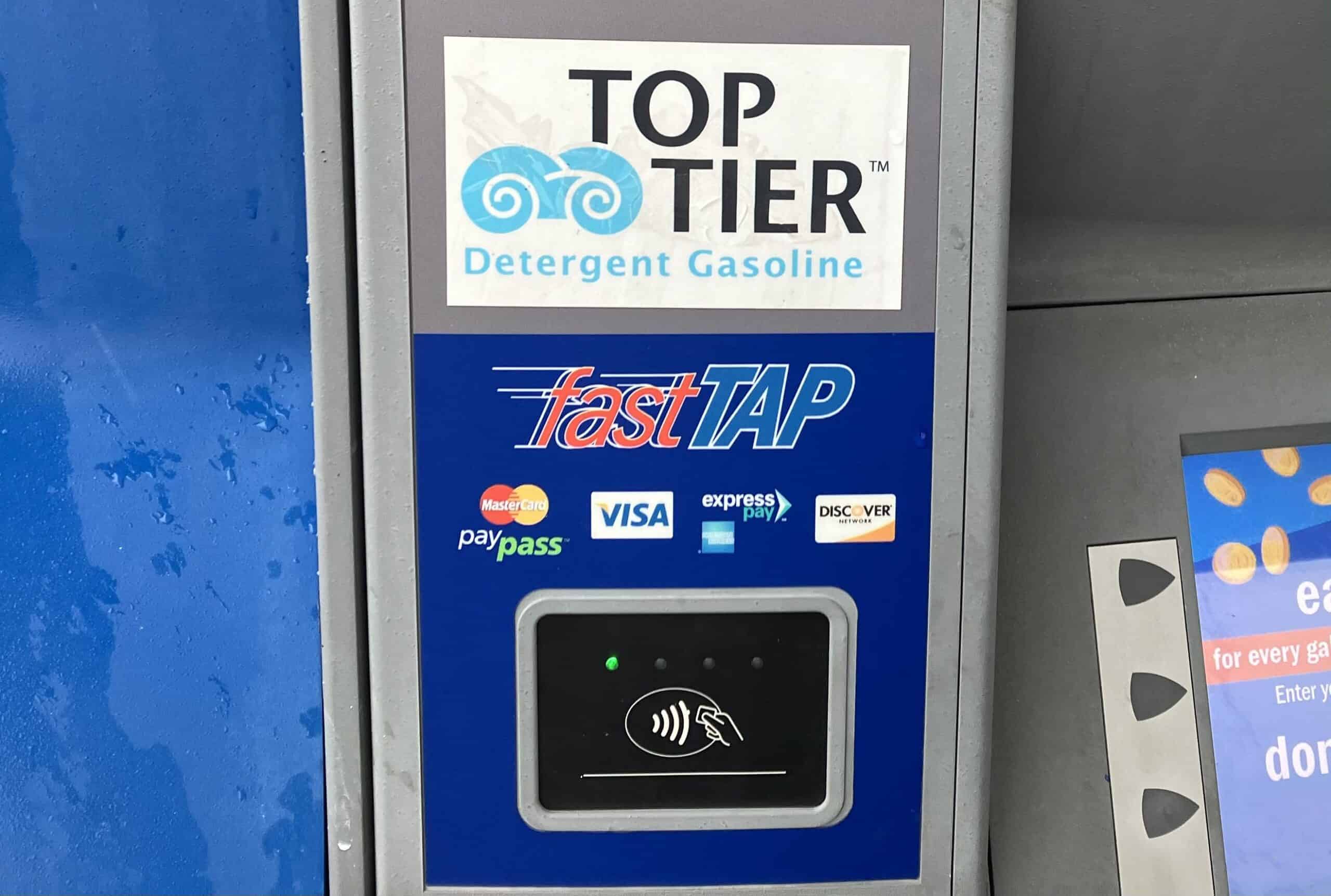
Since 1995, all gasoline sold in the U.S. is required to have a minimum amount of fuel additives. These additives keep fuel injectors, intake valves, and other engine components clean. This results in more engine power, better fuel economy, and lower emissions.
In 2004, however, six auto manufacturers joined together to recommend even higher levels of fuel additives. Those manufacturers were Audi, BMW, GM, Honda, Toyota, and Volkswagen. As engine technology advanced, these manufacturers argued that the quality of fuel needed to advance, as well.
These six automakers developed a new gasoline standard with more fuel additives known as TOP TIER. The higher level of deposit-controlling additives in TOP TIER fuel helps engines run cleaner and increases efficiency and performance. TOP TIER gasolines also do not contain organo-metallic additives which can damage engine aftertreatment systems.
Does TOP TIER Gasoline Really Make a Difference?
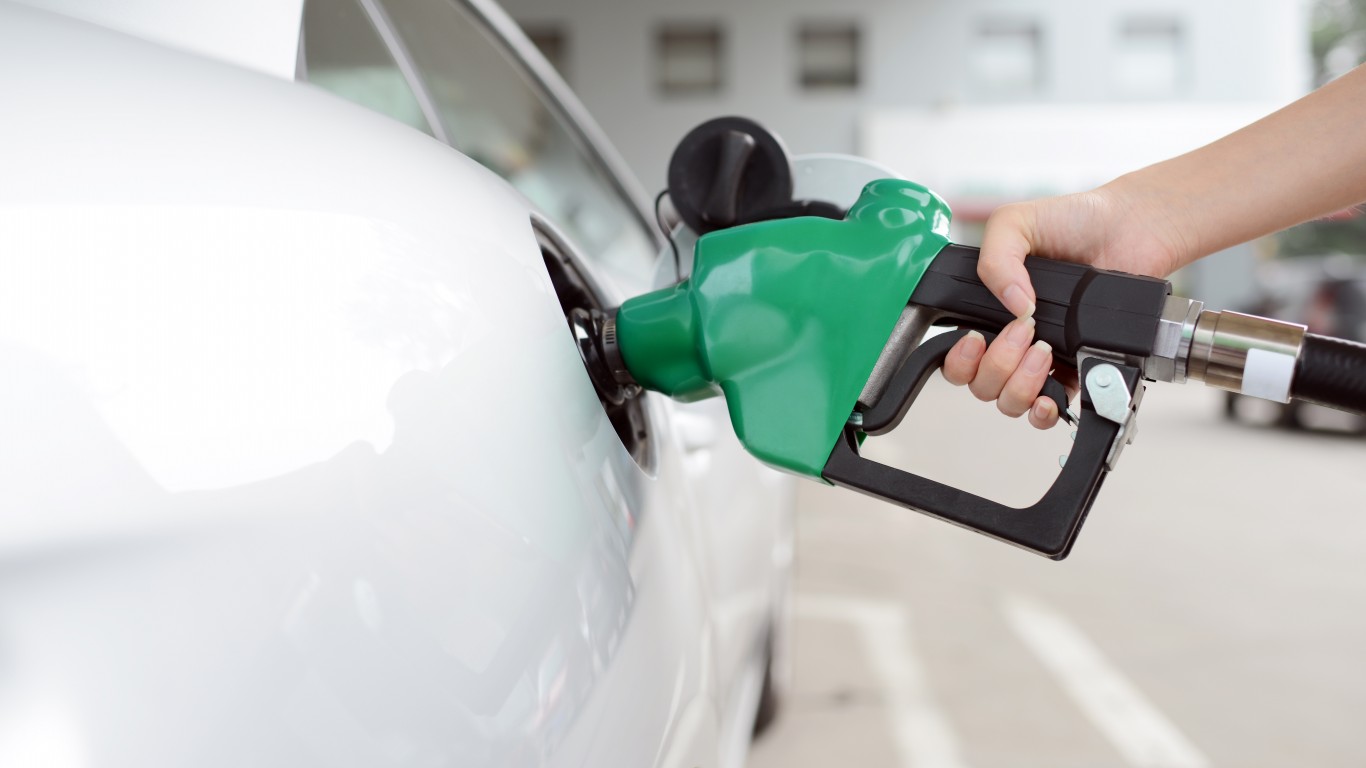
If you’re feeling skeptical about TOP TIER fuel, that’s completely understandable. We are bombarded every day with marketing ploys for products that are, at best, negligible improvements over the products we are already using. And then there are plenty of other marketing claims that are outright false. So, is TOP TIER gasoline one of those disingenuous marketing schemes?
AAA conducted a study of TOP TIER vs. non-TOP TIER gasolines. The findings were surprising, to say the least. In independent laboratory tests, AAA evaluated engines that ran on TOP TIER fuels against those that did not.
After conducting these tests, AAA said, “Among brands tested, non-TOP TIER gasolines caused 19 times more engine deposits than TOP TIER brands after just 4,000 miles of simulated driving. Such carbon deposits are known to reduce fuel economy, increase emissions and negatively impact vehicle performance, particularly on newer vehicles.”
Greg Brannon, AAA’s managing director of Automotive Engineering and Repair, went on to say, “AAA was surprised to learn the extent to which detergent additives impact gasoline quality…TOP TIER gasolines kept engines remarkably cleaner than other fuels we tested.”
These findings represent just over three months of driving for the average American. When multiplied over the lifetime of a vehicle, the difference between TOP TIER gasoline and fuels that do not meet that standard becomes quite stark.
Non-TOP TIER Gasoline Brands

TOP TIER gasoline retailers are easy to find. In fact, seven of the top ten largest gas stations in the United States are listed among TOP TIER’s approved brands. Only three do not meet those standards. Here are the nation’s largest gas stations that do not sell TOP TIER gasoline.
BP
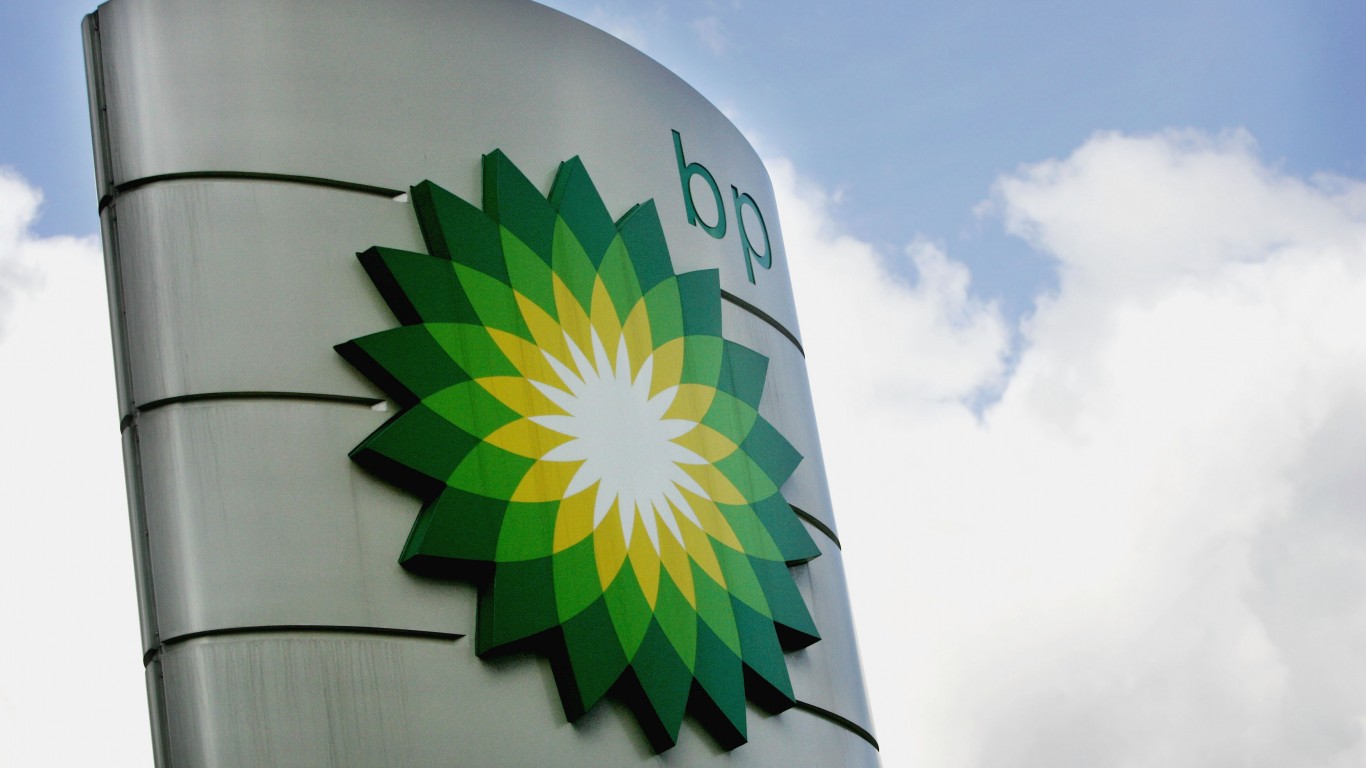
- Number of U.S. Locations: 7,111
Circle K
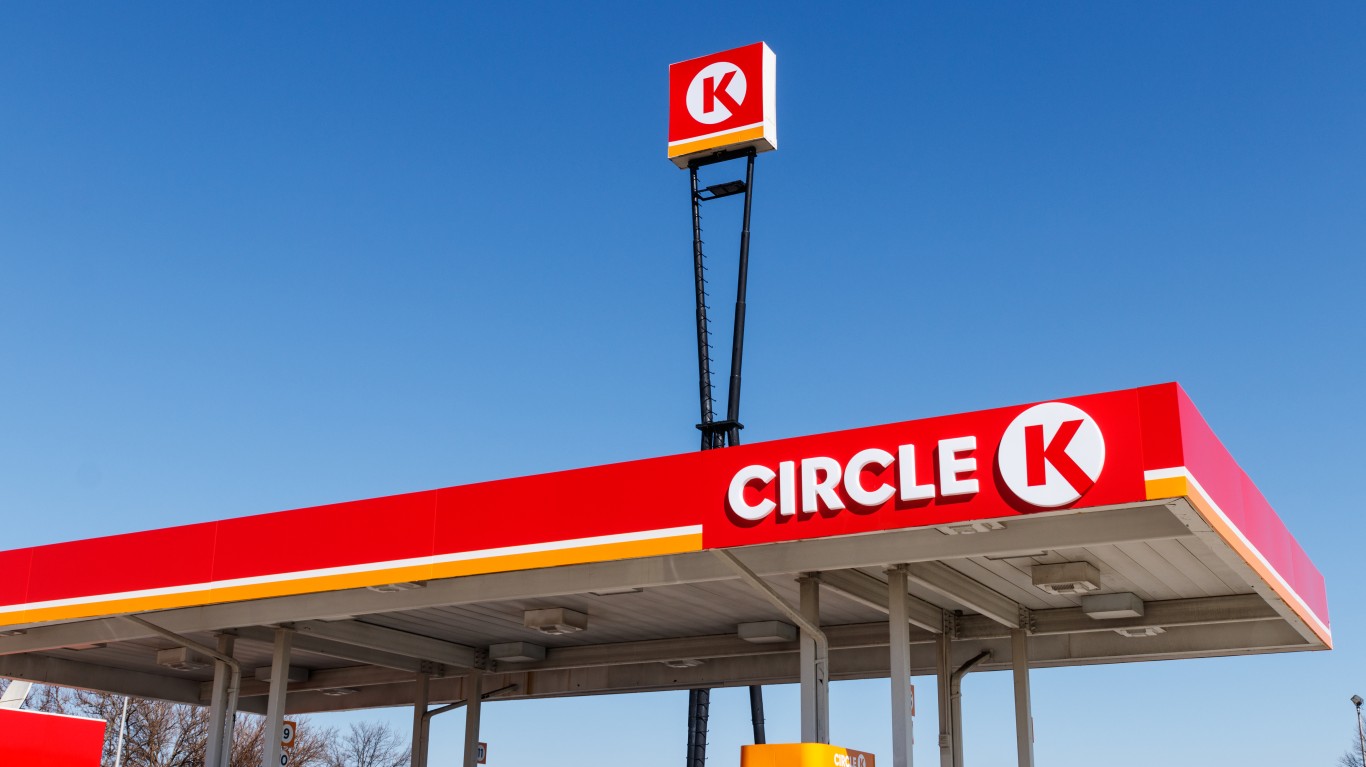
- Number of U.S. Locations: 6,6,18
Speedway
- Number of U.S. Locations: 3,275
Other Gas to Avoid
Here are some other well-known gas stations that do not sell TOP TIER fuel.
Amoco
- Number of U.S. Locations: 638
Love’s
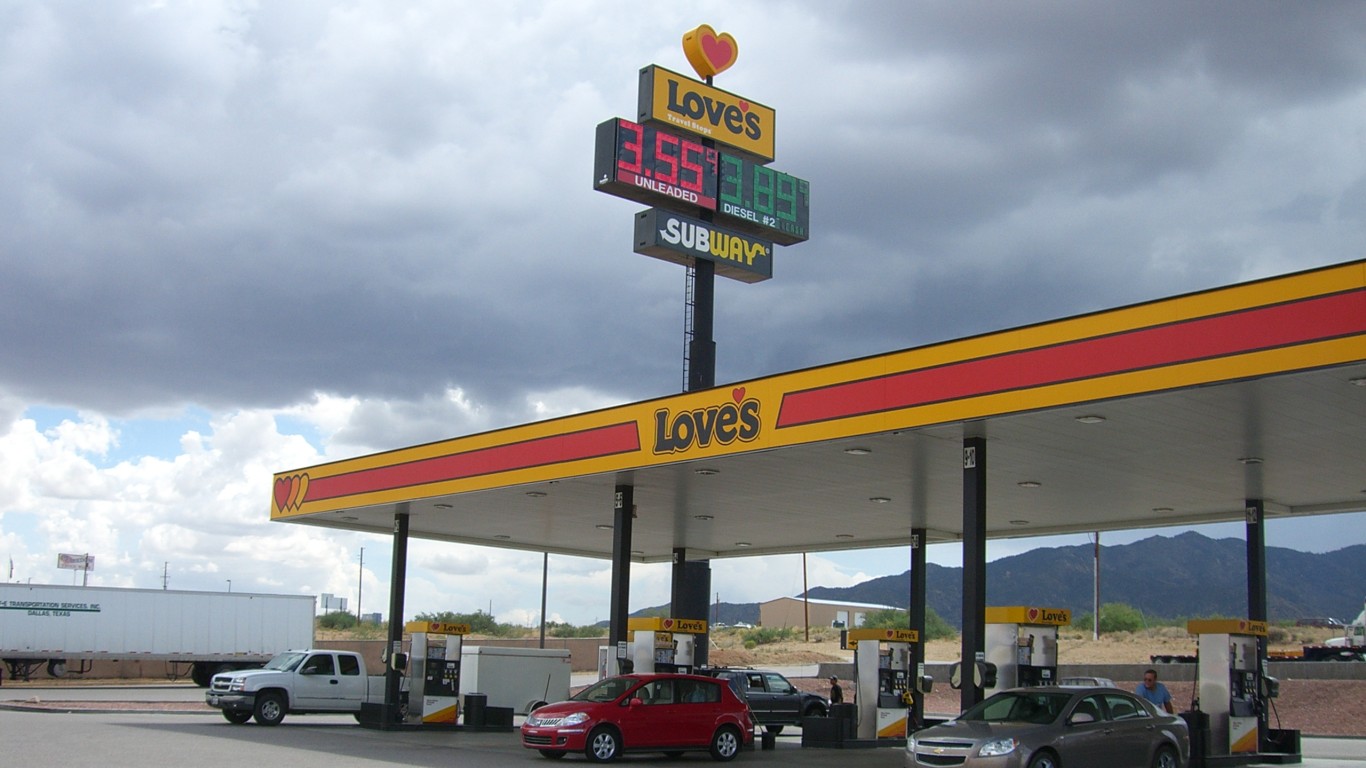
- Number of U.S. Locations: 644
Murphy USA
- Number of U.S. Locations: 1,556
Pilot Flying J
- Number of U.S. Locations: 750 (includes Canadian locations)
Safeway
- Number of U.S. Locations: 288
Sam’s Club
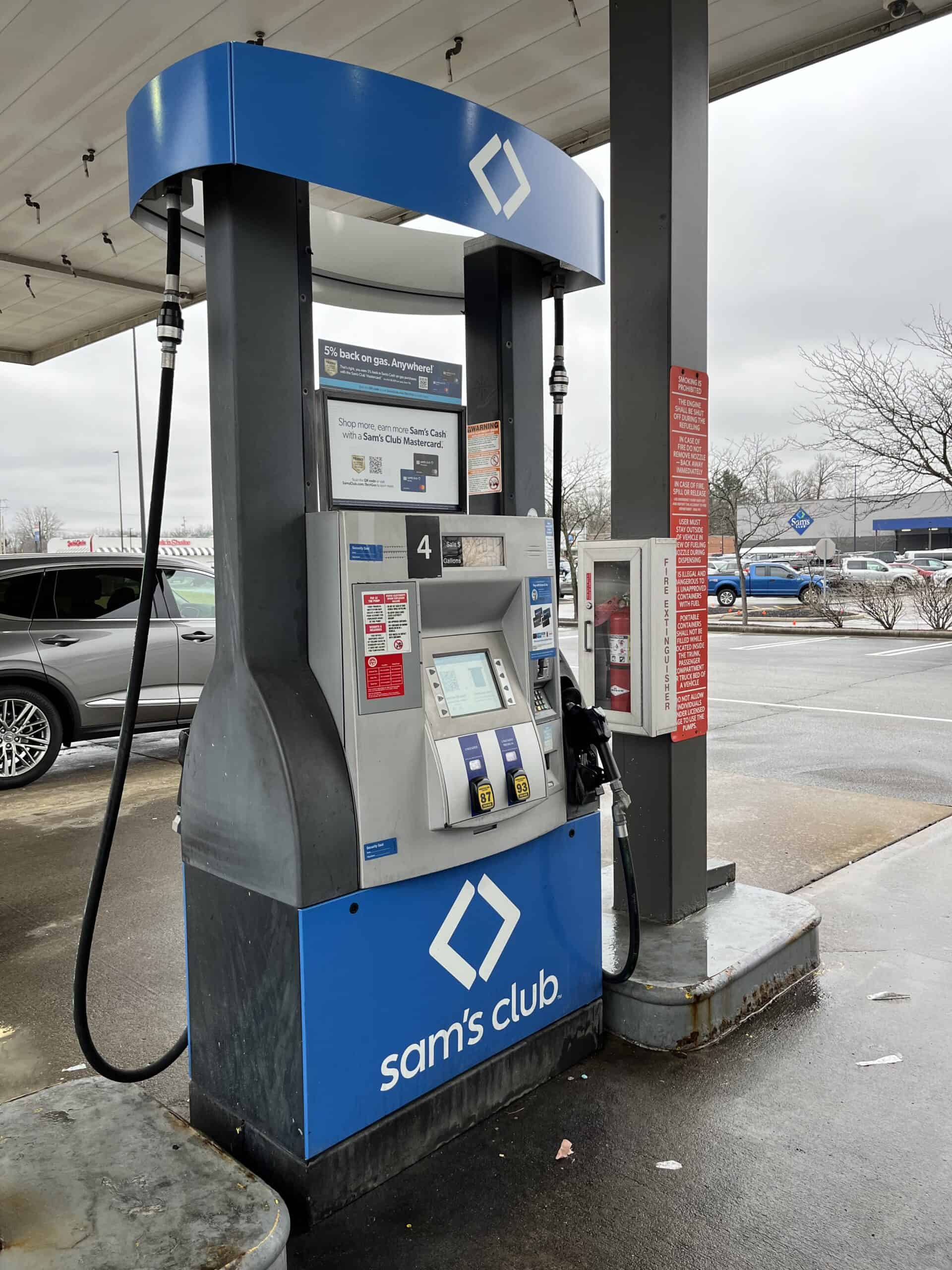
- Number of U.S. Locations: 599
Sometimes It’s Just Confusing

Sometimes choosing between good and bad gasoline is cut and dry. If a brand is TOP TIER approved, you know it is high-quality fuel. If it is not, then you would do well to avoid it. Things are not always that clear, though.
Some retailers source fuel from multiple companies, such as Kroger. Some of Kroger’s suppliers likely provide TOP TIER gasoline, but not all of them. It depends on the store, the location, and many other factors. Simply put, it is difficult to be certain about the quality of gas you are purchasing at Kroger and other similar retailers. If you want to eliminate all doubt, fill up your car at a station that is listed among the approved TOP TIER retailers.
What About Independent Gas Stations?

This one can also be tricky. Independent or unbranded gas stations source their fuel from a wide variety of companies. Some may provide TOP TIER fuel, but most do not.
A Full List of TOP TIER Gas Stations
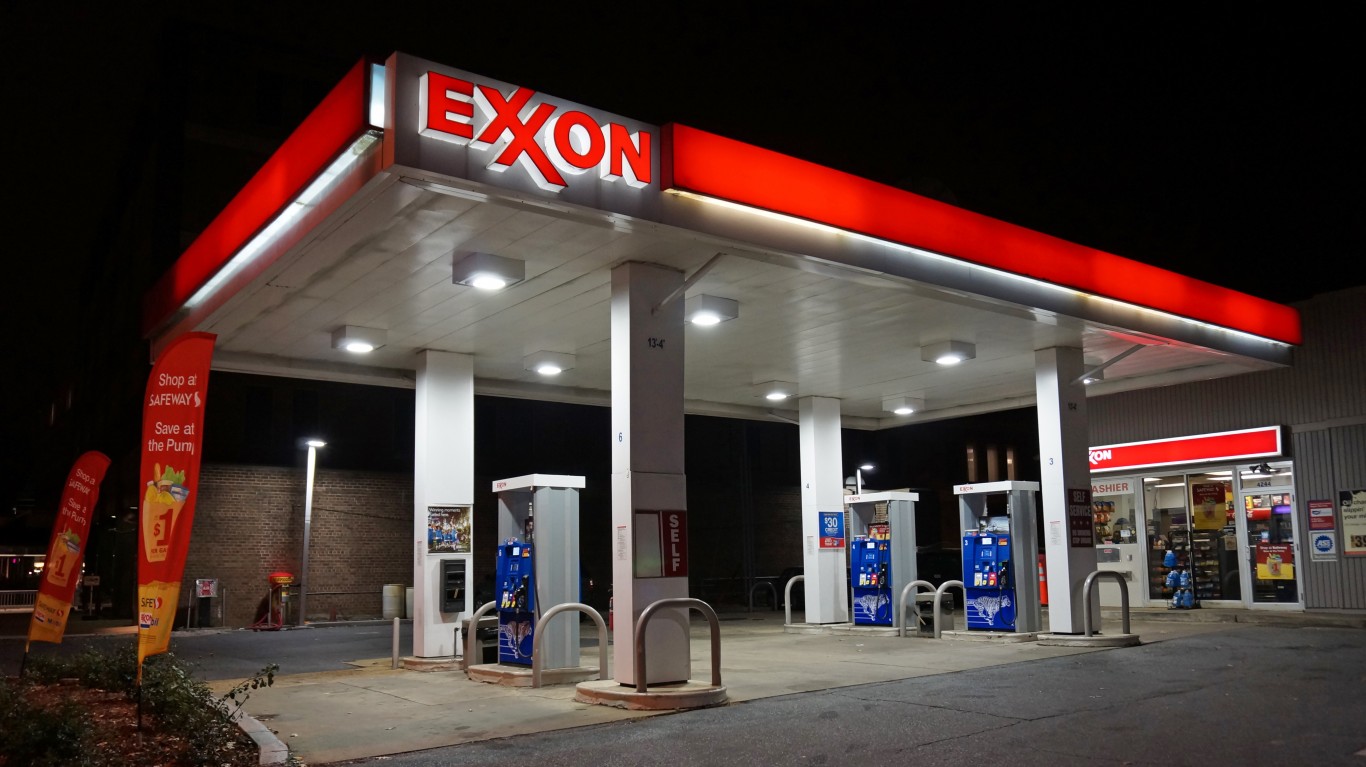
We could never cover all the gas stations in the U.S., but we can provide you with the complete list of TOP TIER gasoline brands. Look for these stations the next time your gas gauge hits “E.” When you do, you can be assured that you are filling your tank with quality gasoline that will help the engine run cleaner and more efficiently.
This list of TOP TIER-approved gasoline brands in the U.S. is comprehensive as of January 2024.
- 76
- Aloha
- ARCO
- Beacon
- Belmont Car Wash
- Cenex
- Chevron
- CITGO
- Conoco
- Costco Wholesale
- CountryMark
- Dash In
- Diamond Shamrock
- Express Mart – Wisconsin
- Exxon
- Fast Fuel
- Gold Medal Gasoline
- Harmons Fuel Stop
- Hele
- HFN – Hawaii Fueling Network
- J&E Wendy
- Kirkland Signature Gasoline
- Marathon
- Mega Saver
- Meijer
- Meijer Express
- Mobil
- Ohana Fuels
- Phillips 66
- QT
- QuikTrip
- Ranger
- Ranger Fuel
- Ranger Mustang
- Ranger Stallion
- Ranger Thoroughbred
- Reeders
- Road Ranger
- Rutter’s
- Shamrock
- Shell USA
- Shell Nitrogen Enriched
- Shell V-Power
- Shell V-Power NiTRO+
- Simonson Station Stores
- Sinclair
- Sunoco
- Texaco
- True Turbo
- Tulalip Market
- Valero
- Value America
- Waterway Fuels
- Win Win
- WOW
Are You Ahead, or Behind on Retirement? (sponsor)
If you’re one of the over 4 Million Americans set to retire this year, you may want to pay attention.
Finding a financial advisor who puts your interest first can be the difference between a rich retirement and barely getting by, and today it’s easier than ever. SmartAsset’s free tool matches you with up to three fiduciary financial advisors that serve your area in minutes. Each advisor has been carefully vetted, and must act in your best interests. Start your search now.
Don’t waste another minute; get started right here and help your retirement dreams become a retirement reality.
Thank you for reading! Have some feedback for us?
Contact the 24/7 Wall St. editorial team.
